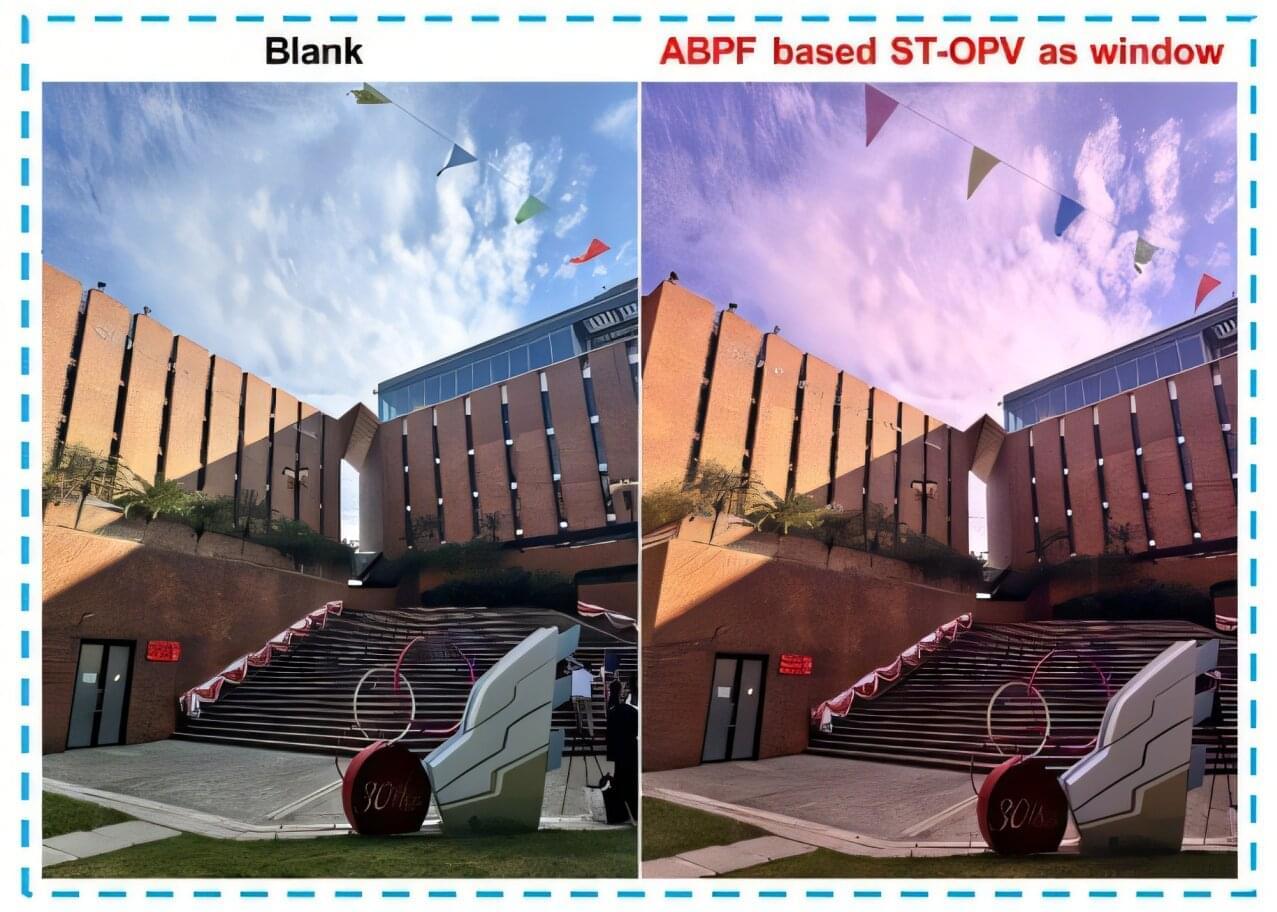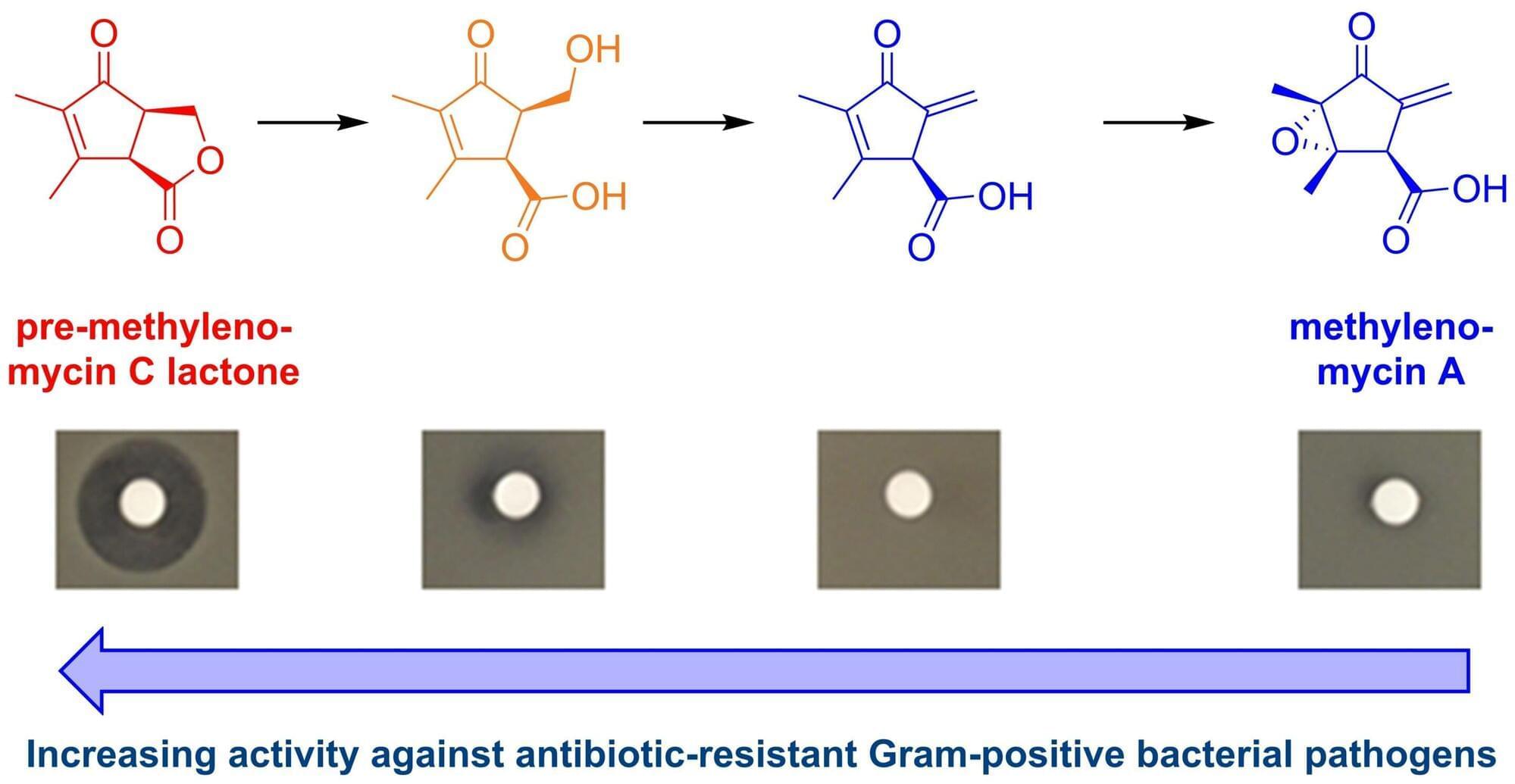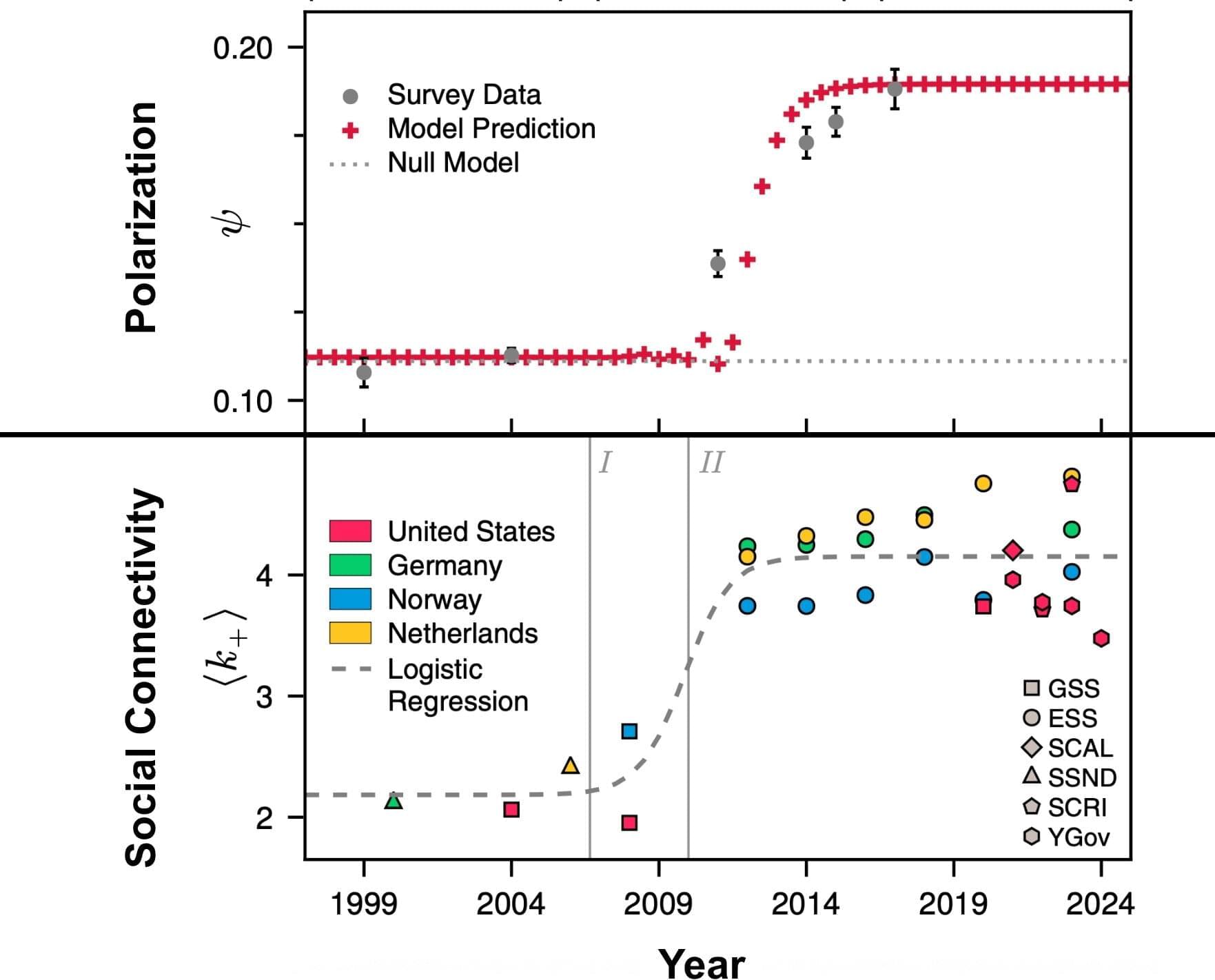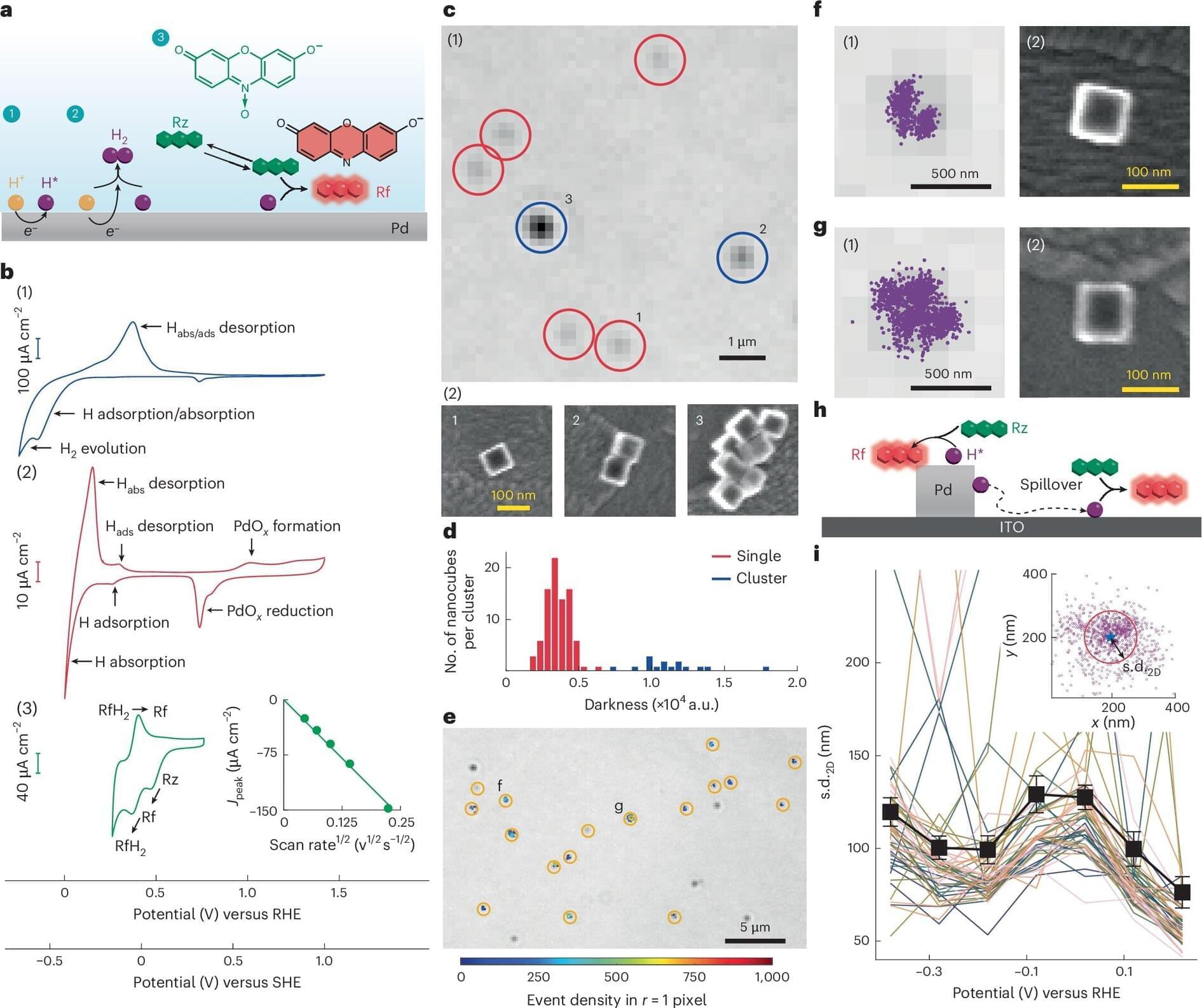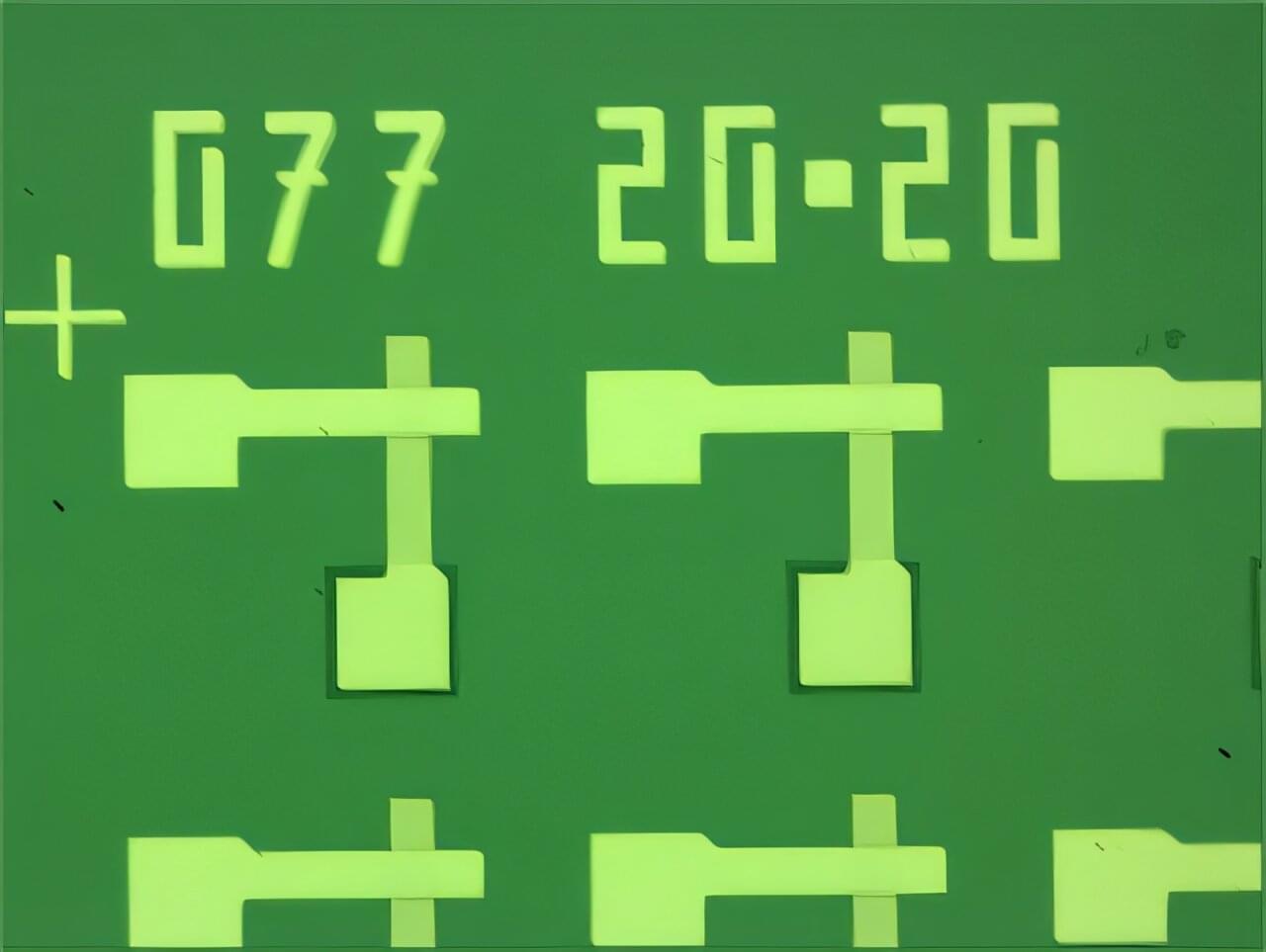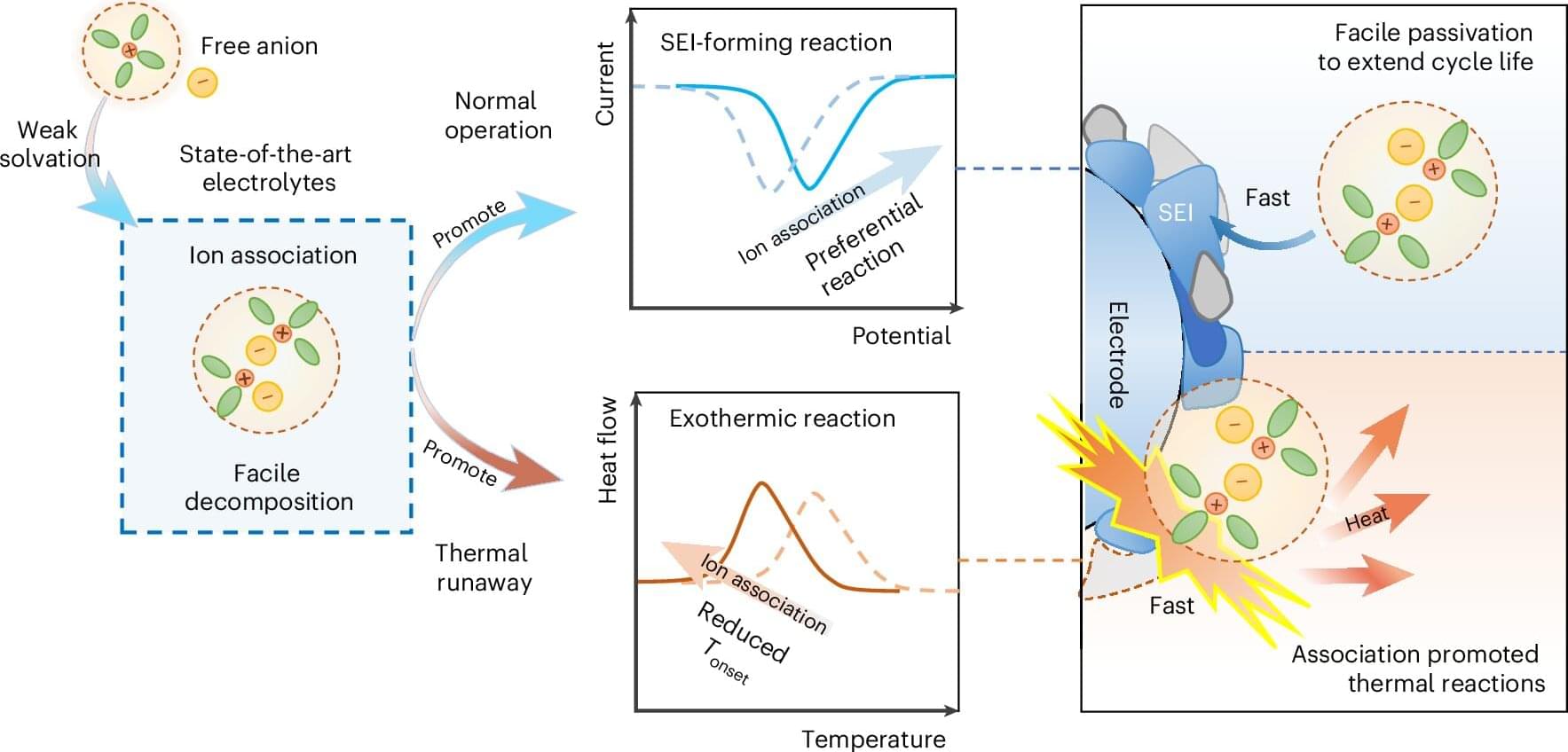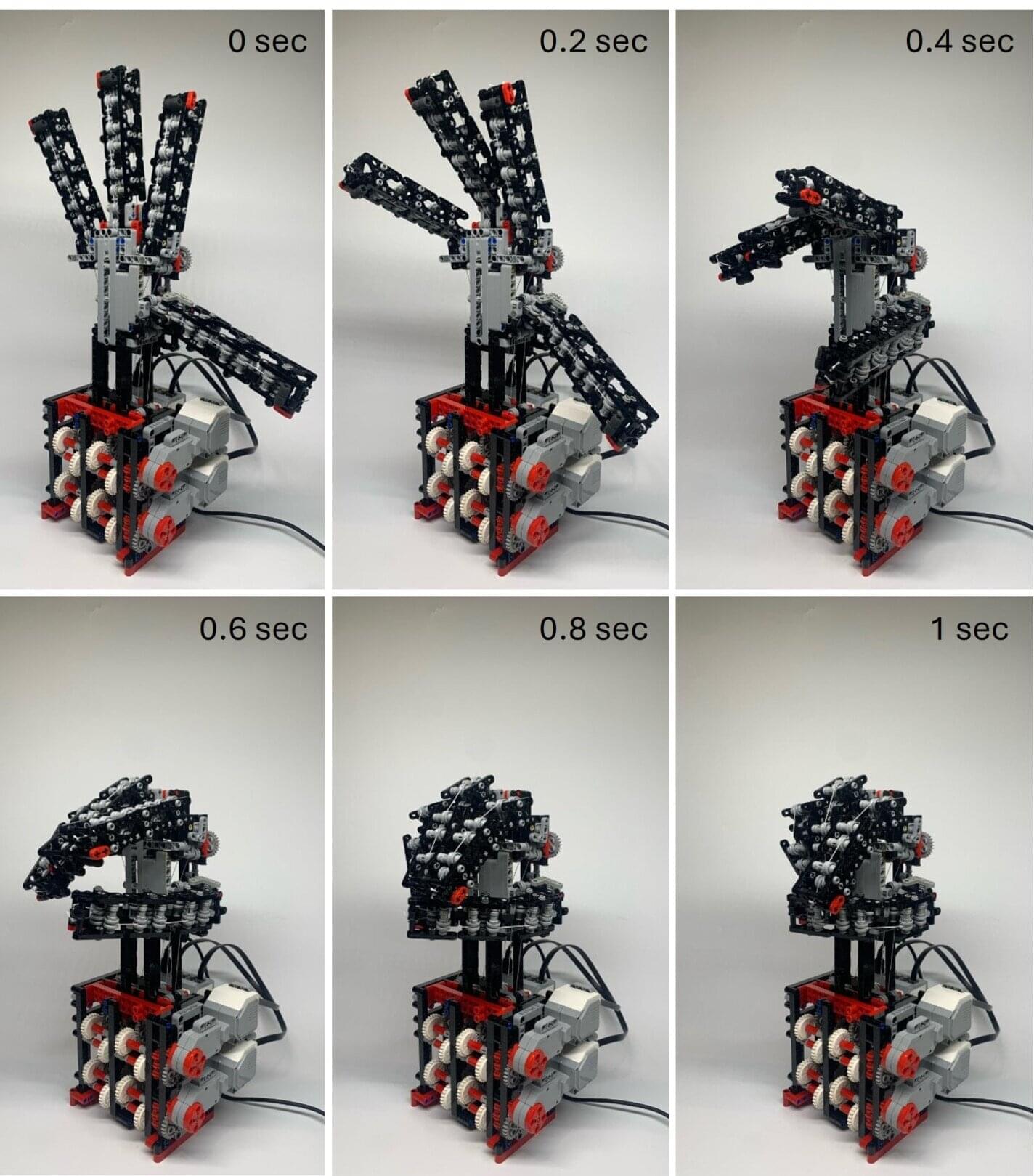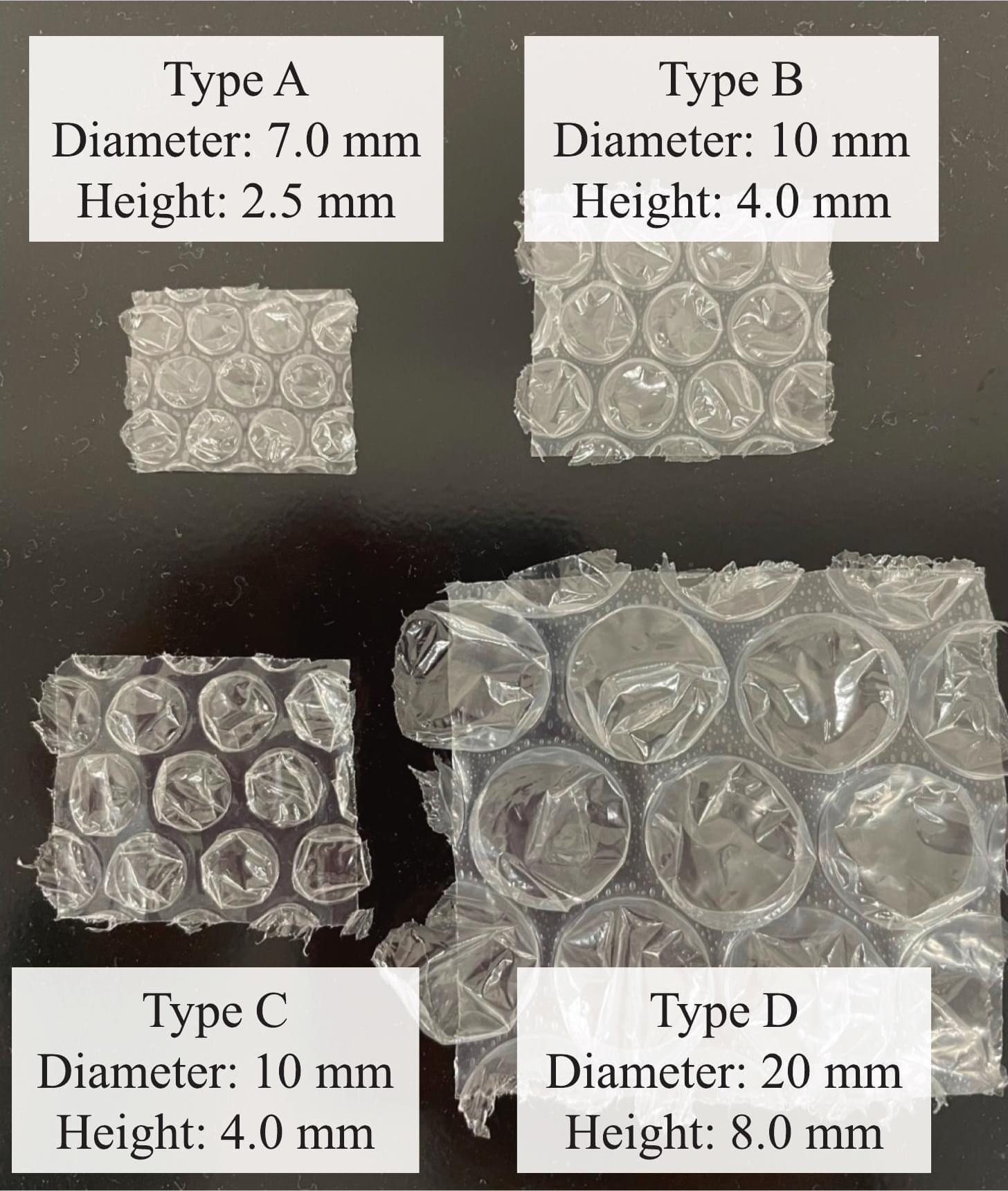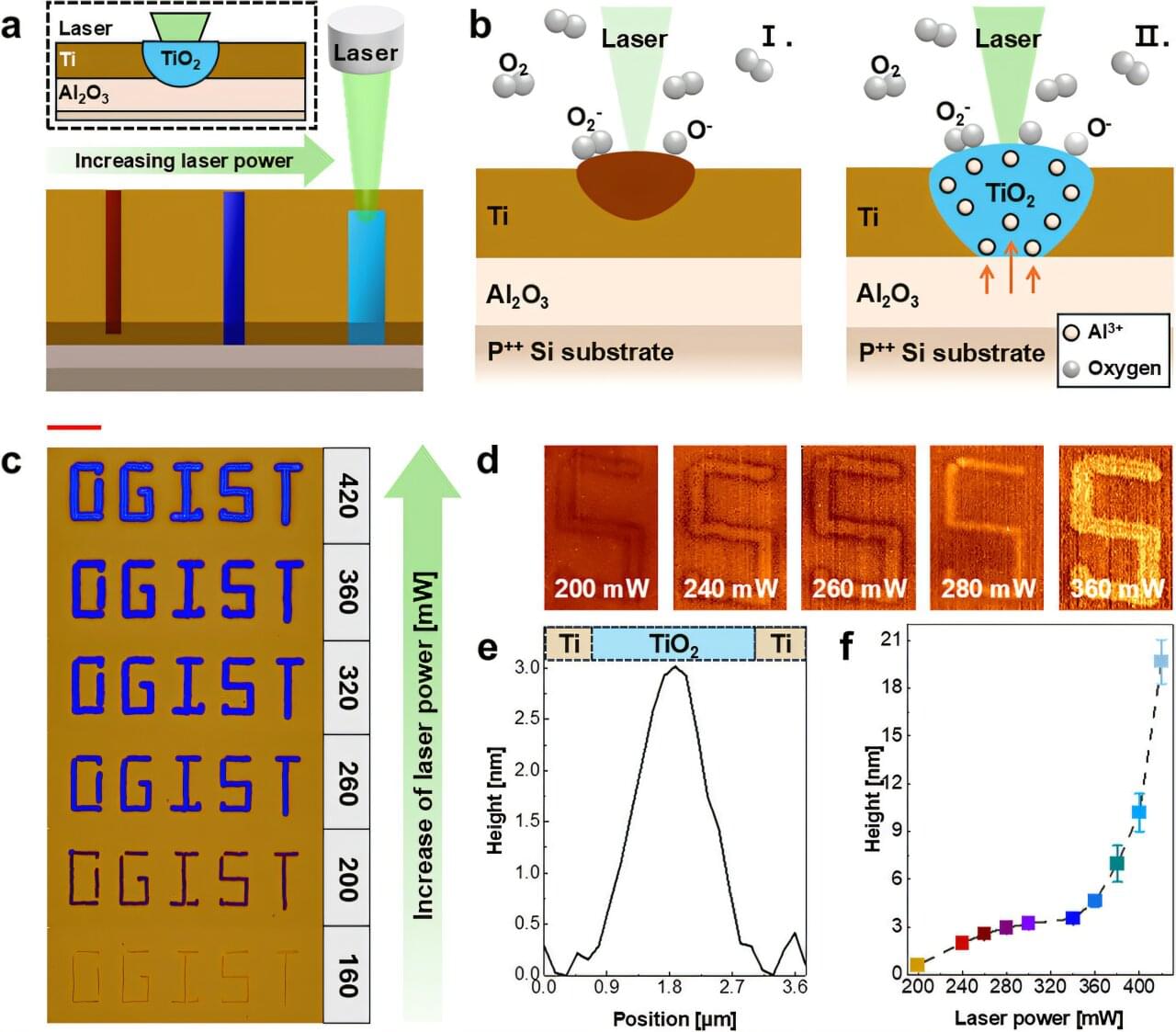While most solar cells on the market today are based on silicon, energy engineers have recently been assessing the performance of alternative cells based on other photovoltaic (PV) materials. These alternative options include so-called organic solar cells (OSCs), lightweight and flexible cells that are based on organic semiconducting materials.
The operation of OSCs relies on a so-called active layer, a structure made of two different types of materials, referred to as donor and acceptor materials. Both materials absorb sunlight and generate excitons which dissociate into electrons and holes at the interface between donor and acceptor materials. Then holes are transported in donor materials, while the acceptors transport electrons and facilitate their flow through the device to generate electricity.
Compared to conventional silicon-based solar cells, OSCs could be more flexible, lighter, more affordable and easier to tailor for specific applications, for instance by changing their color or transparency. Nonetheless, the efficiency with which they convert solar energy into electricity remains significantly lower than that of commercially available photovoltaics (PVs).
